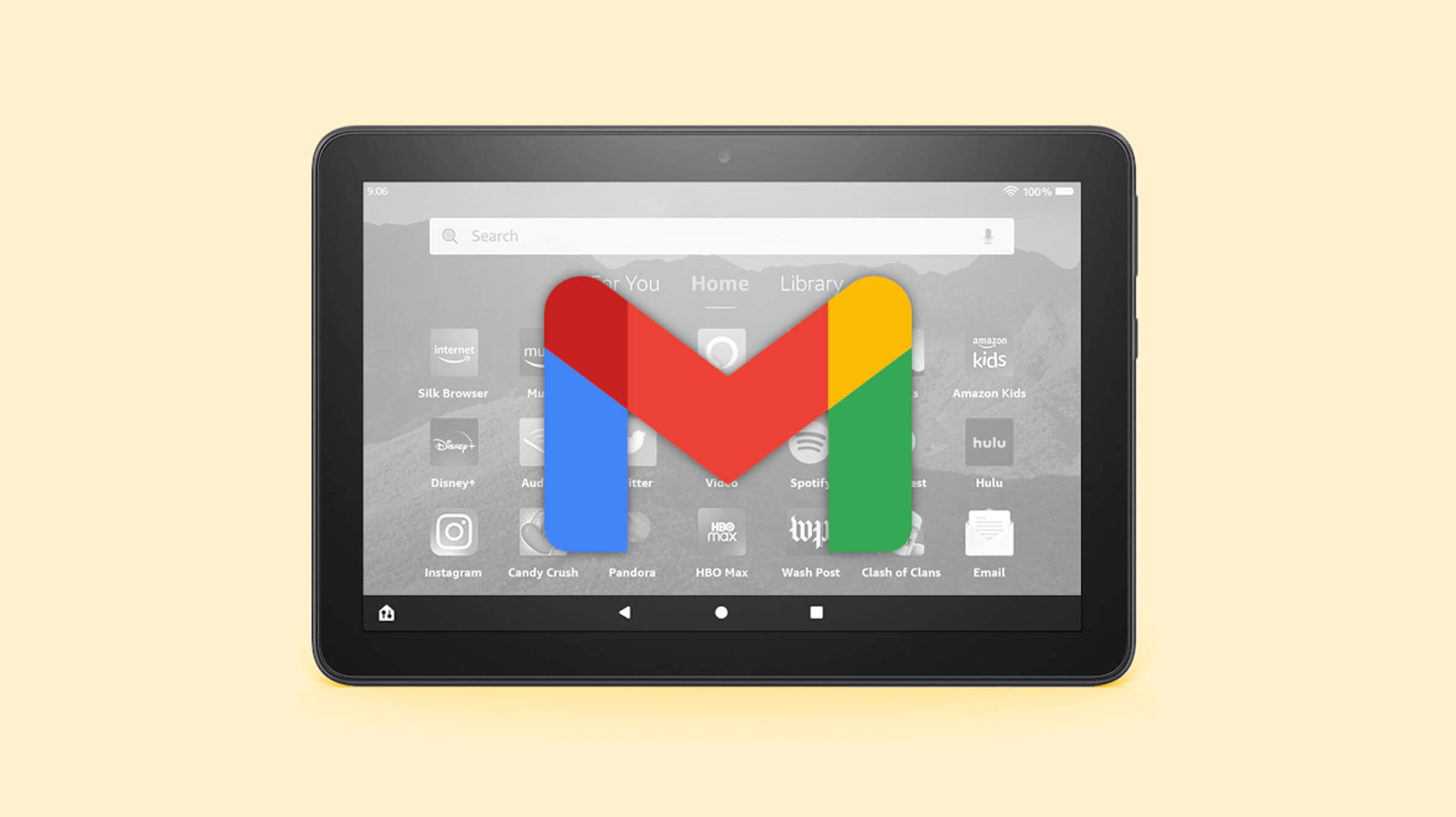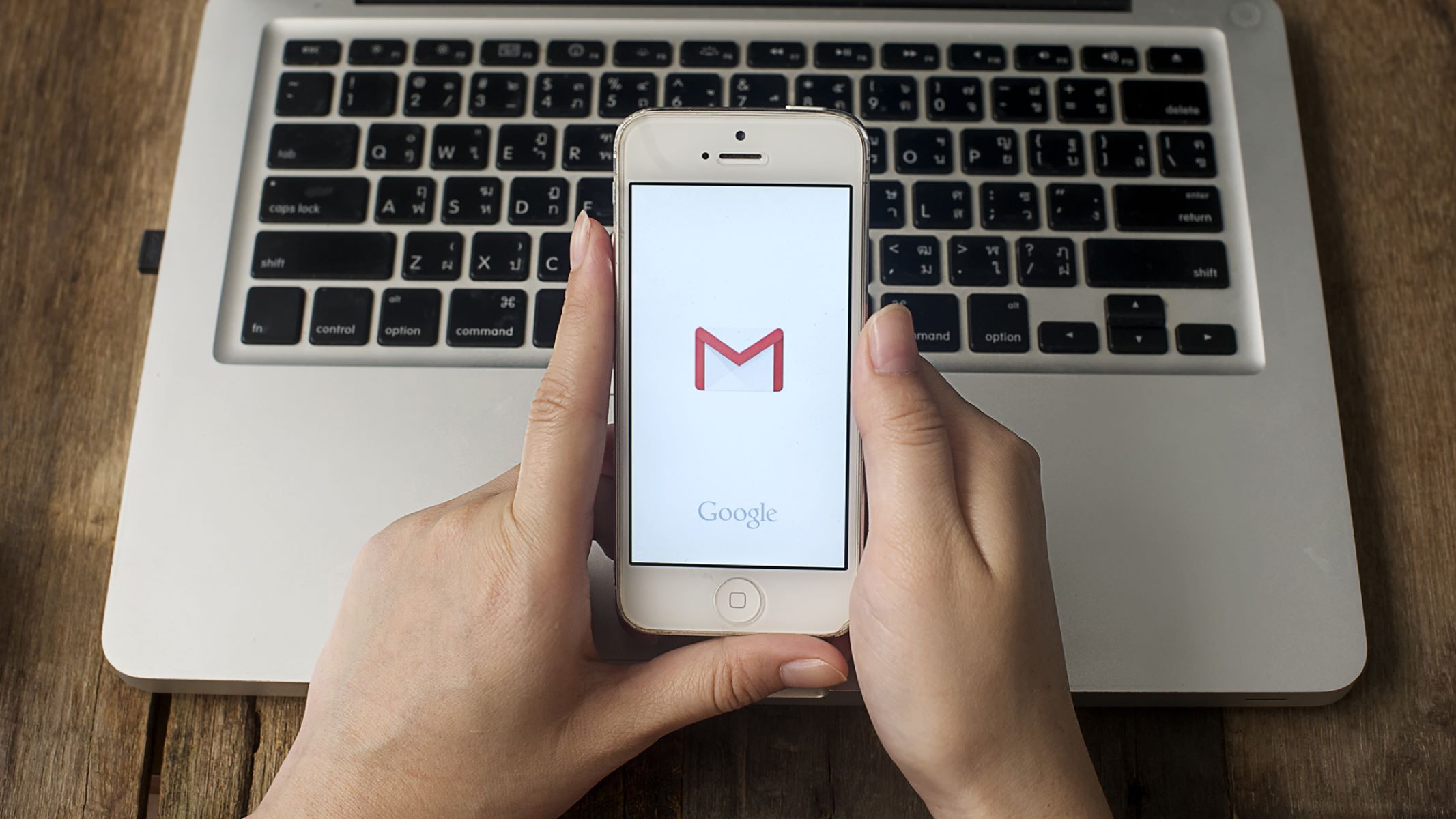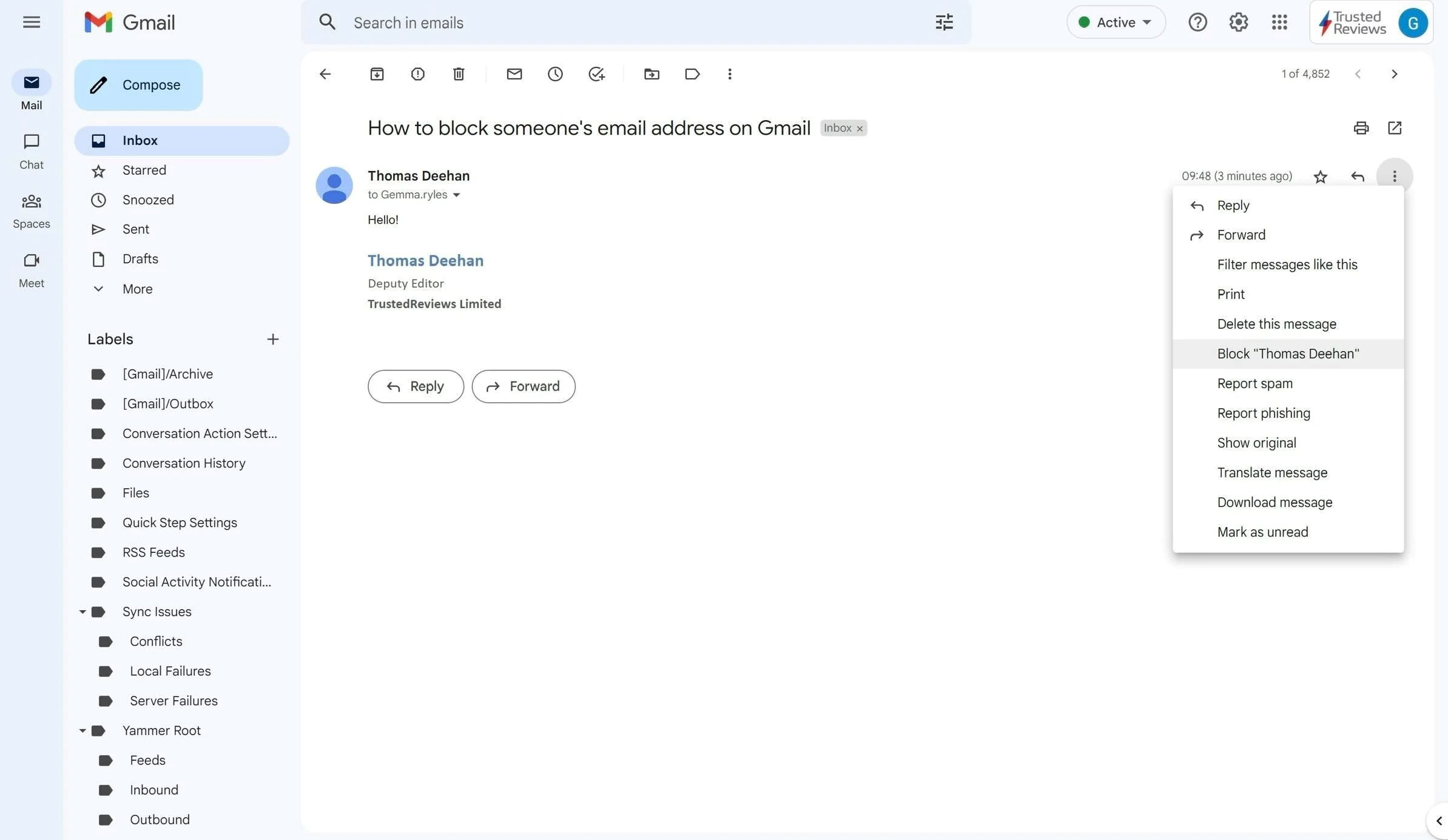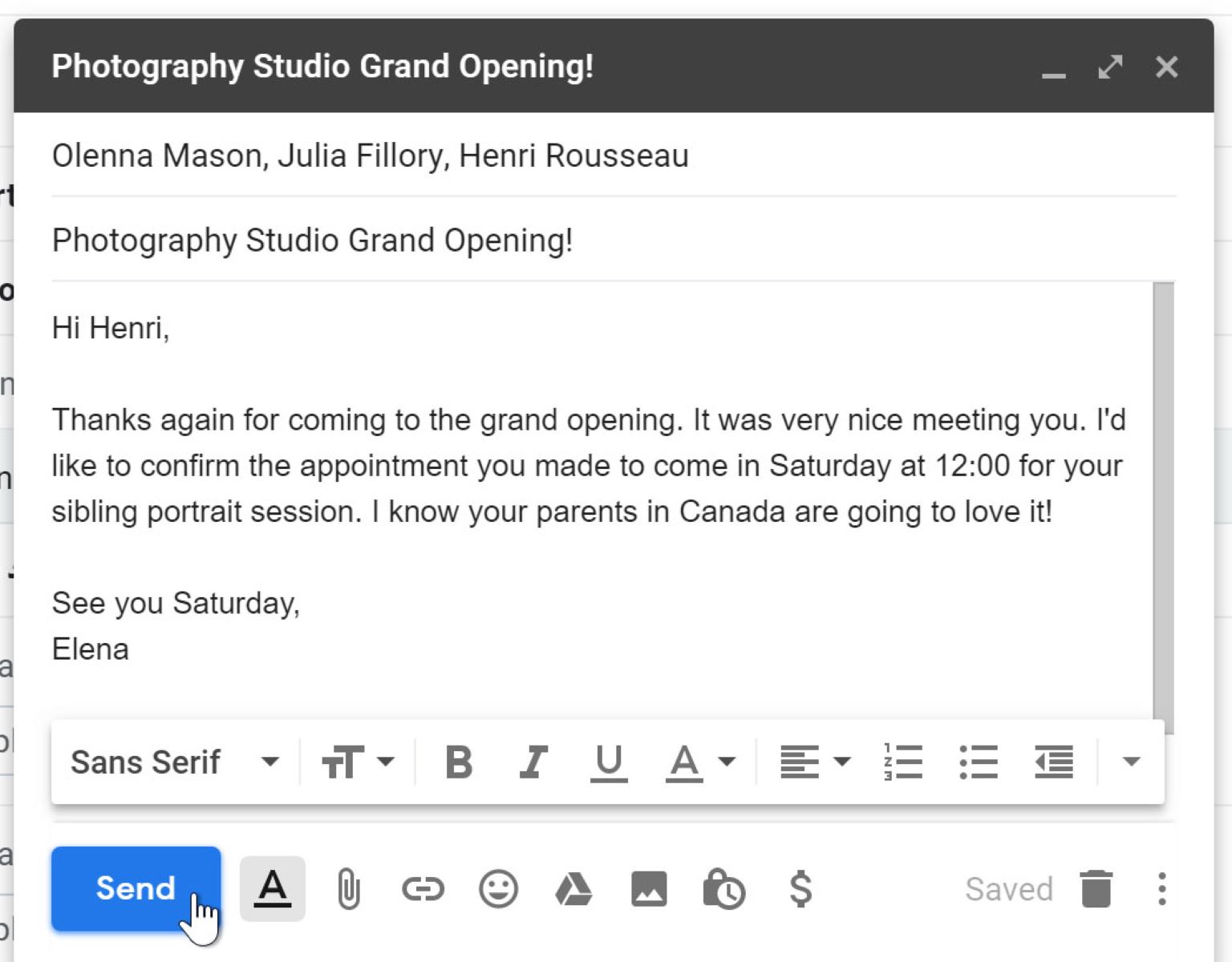Introduction
Welcome to our guide on how to add an email address to Gmail! Gmail is a popular email service provided by Google, offering a user-friendly interface and a wide range of features to manage your email communications. Adding an additional email address to your Gmail account can be incredibly useful, as it allows you to centralize your email management and access multiple accounts from one platform.
Whether you have a personal email address or a business email that you’d like to integrate with Gmail, we’ve got you covered. In this article, we will walk you through the step-by-step process of adding an email address to Gmail. You’ll learn how to access the Gmail settings, configure the new email address, and even set it as your default email for sending and receiving messages.
By the end of this guide, you’ll have a comprehensive understanding of how to seamlessly integrate multiple email accounts within your Gmail interface. So, let’s get started and explore the simple yet powerful process of adding an email address to Gmail!
Step 1: Accessing Gmail Settings
The first step to adding an email address to Gmail is accessing the settings menu. To do this, open your Gmail account and look for the gear icon located in the top-right corner of the screen. Click on the gear icon to open a dropdown menu, and then select “Settings” from the options.
Once you click on “Settings,” you will be directed to a new page where you can customize and manage your Gmail account. This is where you can adjust various settings, including adding new email addresses.
Please note that the steps mentioned in this guide may vary slightly depending on the version of Gmail you are using. However, the general process remains the same, so you should be able to follow along regardless of the specific interface you are using.
Now that you have accessed the Gmail settings, you are ready to proceed to the next step of adding an email address to your Gmail account. In the following steps, we will guide you through the process of configuring and integrating the new email address seamlessly.
Step 2: Click on “Accounts and Import”
After accessing the Gmail settings, you will see a horizontal navigation menu at the top of the page. Click on the tab labeled “Accounts and Import.” This section allows you to manage various account-related settings, including adding and configuring additional email addresses.
By clicking on “Accounts and Import,” you will be presented with a list of options related to email accounts. This is where you can add and manage email addresses, import contacts, and set up email forwarding.
Once you have clicked on “Accounts and Import,” the page will display a section titled “Check mail from other accounts” or something similar. Under this section, you will find the option to “Add a mail account.” Click on this link to proceed with adding your new email address to Gmail.
It’s important to note that Gmail supports both POP (Post Office Protocol) and IMAP (Internet Message Access Protocol) for adding email accounts. Depending on the configuration of your email service provider, you may need to choose the appropriate protocol when adding the email address to Gmail. POP is commonly used for downloading and accessing emails locally, while IMAP allows you to sync your emails across multiple devices.
Now that you have clicked on “Accounts and Import” and found the option to add a mail account, you are ready to move on to the next step of adding your email address to Gmail.
Step 3: Add a new email address
Once you have clicked on “Add a mail account” under the “Accounts and Import” section in Gmail settings, a new window will pop up, prompting you to enter the email address you want to add to Gmail. Enter the full email address in the provided field and click on the “Next” button.
In the next step, Gmail will ask you to choose between importing emails from your added account or using Gmail’s “Send mail as” feature. The choice you make here will depend on your preference and the purpose of adding the email address.
If you want to import emails from the added account into your Gmail inbox, select the “Import emails from my other account (POP3)” option. This will allow you to access and manage your emails from both accounts within Gmail.
If you prefer to use Gmail’s “Send mail as” feature, select the option “Send mail through your SMTP server.” This will enable you to send emails using your added email address from within the Gmail interface.
It’s worth noting that if you are adding an email address from a popular email service provider like Outlook, Yahoo, or AOL, Gmail will automatically configure the necessary settings for you. However, if you are adding a custom domain email address, you will be required to provide additional information, such as the POP server, port, and username.
After choosing the appropriate option, click on the “Next” button to continue. In the next step, you will be asked to configure the email settings for the added account. We will cover this in the next section of our guide.
Step 4: Enter the email address you want to add
In this step, you will need to enter the email address that you want to add to your Gmail account. After clicking on the “Next” button in the previous step, you will be prompted to provide the necessary details for the email address.
In the provided field, enter the email address that you want to add. Make sure to enter the full email address, including the domain name (e.g., example@example.com). Double-check for any typographical errors and ensure the accuracy of the email address before proceeding.
Once you have entered the email address, click on the “Next” button to continue. Gmail will now attempt to establish a connection with the email server associated with the provided address to verify its existence.
Depending on the email service provider and the settings of your email account, you may be presented with additional fields to fill in. These fields typically include the POP server, port number, and username. You can obtain this information from your email service provider or check their documentation for the correct settings.
If you are adding an email address from a popular provider such as Outlook, Yahoo, or AOL, Gmail will automatically detect the settings and configure them for you. In such cases, you will not need to manually enter any additional information.
After entering the email address and providing any necessary additional details, click on the “Next” button to proceed to the next step, where you will configure the email settings for the added account.
Step 5: Configure email settings
Once you have entered the email address and any additional details required, the next step is to configure the email settings for the added account. This step allows you to choose how you want Gmail to handle the emails from the added account.
Gmail provides various options for configuring the settings, giving you control over how the added email address is integrated into your Gmail interface. Here are some of the key settings you may come across:
- Leave a copy of retrieved messages on the server: This option determines whether Gmail should delete the emails from the server after retrieving them. If you want to keep a copy of your emails on the server, check this option. If not, leave it unchecked.
- Always use a secure connection (SSL) when retrieving mail: Checking this option ensures that the connection between Gmail and the added email address is encrypted using SSL. It is recommended to keep this option enabled for enhanced security.
- Label incoming messages: Enabling this option allows you to apply a specific label to all incoming emails from the added account. This can help you organize and differentiate emails from different accounts within your Gmail inbox.
- Archive incoming messages: When this option is enabled, Gmail will automatically archive the incoming emails from the added account, keeping your inbox clutter-free.
These are just a few examples of the settings you might encounter. The options available may vary depending on the email service provider and the settings you choose during the setup process.
Once you have configured the desired settings, click on the “Add Account” button to finalize the setup. Gmail will then proceed to verify the ownership of the added email address before adding it to your Gmail account.
In the next step, we will walk you through the process of verifying the ownership of the email address you have added to Gmail.
Step 6: Verify ownership of the email address
After configuring the email settings in the previous step, it is time to verify the ownership of the email address you have added to Gmail. Verification is an important step to ensure that you have the authority to access and manage the email account.
Gmail offers different methods of verification, depending on the email service provider and the setup options you selected. The most common verification methods include:
- Verification through a verification code: Gmail will send a verification code to the email address you added. To complete the verification process, you need to access your email from the added account, find the verification email, and enter the code provided by Gmail. This method confirms that you have access to the email account you added.
- Verification through link confirmation: In this method, Gmail sends an email to the added account with a confirmation link. Clicking on the link will verify the ownership of the email address. This method is commonly used for popular email providers such as Outlook, Yahoo, and AOL.
- Manual configuration: If the automatic verification methods are not available or do not work for your email service provider, Gmail may provide you with specific instructions for manually configuring the added email account.
Follow the instructions provided by Gmail to complete the verification process. Once you have successfully verified the ownership of the email address, Gmail will add it to your Gmail account, allowing you to send and receive emails from that address within the Gmail interface.
If you encounter any issues during the verification process, double-check that you have entered the correct email address and followed the instructions accurately. It’s also worthwhile to check your spam or junk folder in case the verification email was misdirected.
Once the ownership of the email address is verified, you can move on to the final step of setting the new email address as the default for sending and receiving emails in Gmail. We’ll cover this step in the next section of our guide.
Step 7: Set the new email address as default
Now that you have successfully added and verified the ownership of the email address in Gmail, you may want to set it as the default email address for sending and receiving messages. Setting the new email address as default ensures that any outgoing emails from your Gmail account use the added email address by default, and any responses will be directed to that address as well.
To set the new email address as the default in Gmail, follow these steps:
- Access the Gmail settings by clicking on the gear icon in the top-right corner of your Gmail account.
- Click on the “See all settings” option in the dropdown menu.
- Navigate to the “Accounts and Import” tab.
- Under the “Send mail as” section, you will see a list of email addresses associated with your Gmail account.
- Locate the newly added email address and click on the “Make Default” option next to it.
Once you have clicked on the “Make Default” option, Gmail will set the newly added email address as the default for sending emails. Any future outgoing messages from your Gmail account will display this email address in the “From” field.
It’s important to note that you can also choose to select a different default email address from the existing list if you have multiple email addresses added to Gmail.
By setting the new email address as default, you can streamline your email communication by consolidating multiple accounts into one platform. You’ll be able to send and receive emails seamlessly using your added email address within Gmail.
Congratulations! You have successfully added and configured a new email address in Gmail and set it as the default for your account. Enjoy the benefits of managing multiple email accounts conveniently from one platform!
Conclusion
Adding an email address to Gmail can significantly enhance your email management experience. With the ability to centralize multiple accounts within Gmail, you can conveniently access and manage all your emails from one platform. In this guide, we walked you through the step-by-step process of adding an email address to Gmail.
We started by accessing the Gmail settings and then proceeded to click on “Accounts and Import” to manage email-related settings. We then added a new email address, entered the necessary details, and configured the email settings according to our preferences.
The next crucial step was verifying the ownership of the added email address. This ensures that you have the authority to access and manage the account within Gmail. Once ownership is confirmed, you can enjoy the benefits of sending and receiving emails from the added address in your Gmail interface.
Finally, we discussed setting the new email address as the default for sending and receiving emails. This simplifies your email communication by automatically using the added address as the default “From” address for outgoing messages.
By following these steps, you can seamlessly integrate additional email addresses into your Gmail account, streamlining your email management and enhancing productivity.
We hope this guide has provided you with clear and concise instructions on how to add an email address to Gmail. Remember to double-check your email settings, verify ownership, and set the desired address as default for optimal functionality. Enjoy the convenience of managing multiple email accounts within Gmail!

























